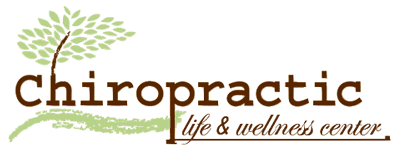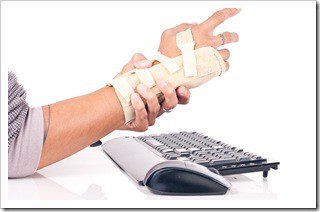Posts Tagged ‘New Fairfield Pain Relief’
Welcome to Chiropractic Life and Wellness Center's New Fairfield Pain Relief Archive. Here you can learn more about Chiropractic Life and Wellness Center, Chiropractic, and Dr. Brandon Chorney, today's choice for Chiropractors in New Fairfield, CT. Read Dr. Brandon Chorney's Chiropractic New Fairfield Pain Relief for the health of it.
We look forward to serving you! Call - 203-746-6543.
Speeding Up Recovery Time

Speeding Up Recovery Time For most people, recovering from a broken bone is an exercise in patience. For an active person, being told that you have to significantly reduce or cease activity in order to let the bone heal is equivalent to torture. However, there are a few things you can do to help speed the...
Read More >>


